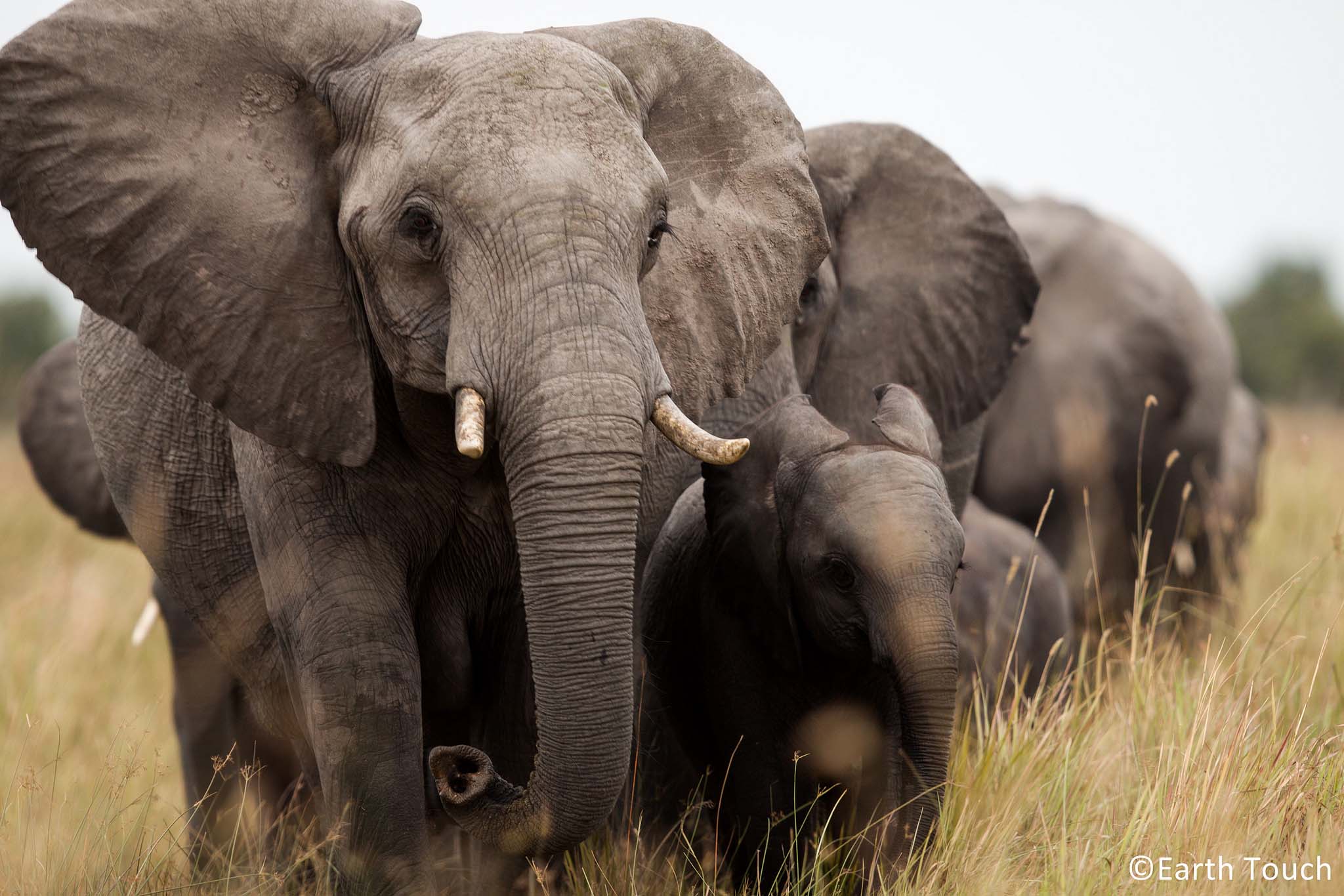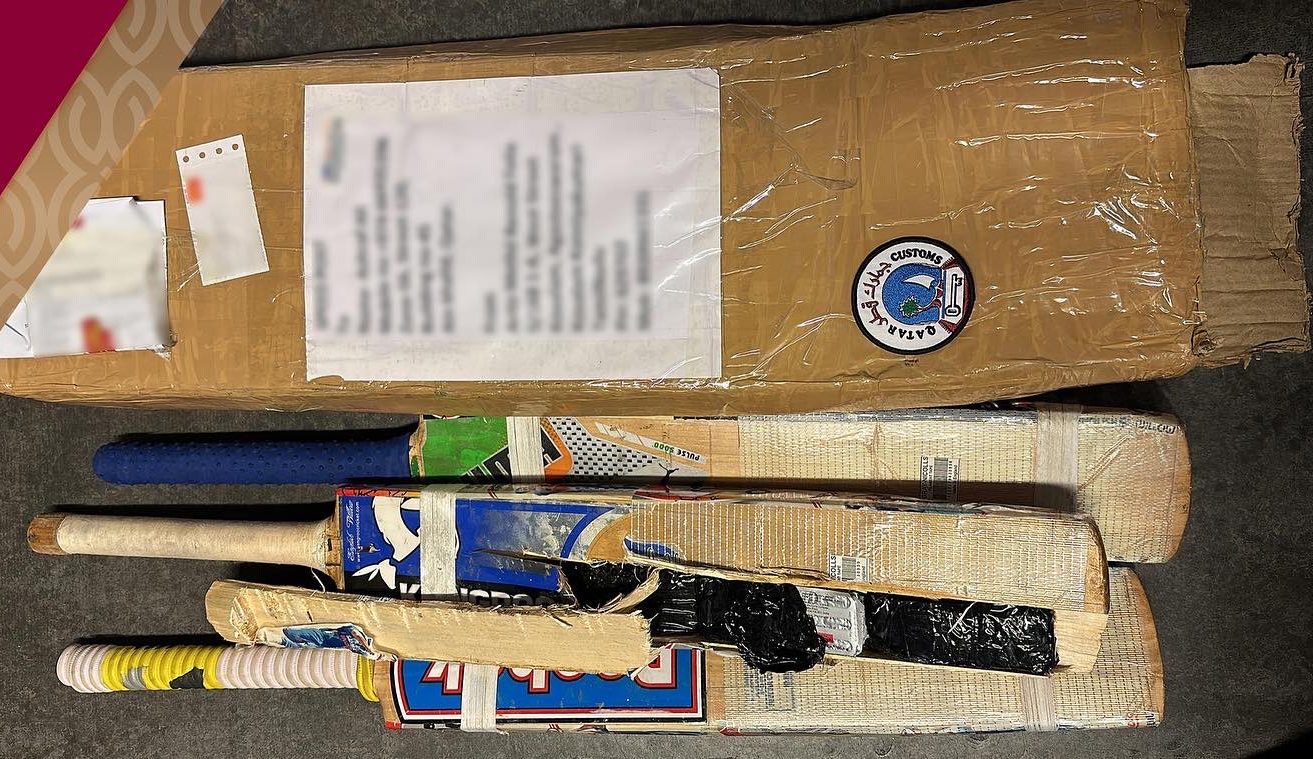
Two individuals planning to travel to Qatar were arrested in Mozambique over the weekend with 230 pounds of elephant tusks, officials in the African country reportedly announced yesterday.
Bloomberg cited a police spokesperson as saying the suspects are Chinese nationals and that investigators are now looking into whether an ivory smuggling ring is operating through Doha.

The report did not mention the suspects’ final destination, although much of the ivory that’s illegally harvested in Africa finds its way to east Asia, and China in particular.
Qatar recorded “between one and five” ivory seizures between 2006 and 2011, according to a report on trafficking prepared for a meeting of the Convention on International Trade in Endangered Species (CITES).
In reports to the organization, Qatar said it did not initiate any criminal prosecutions, levy fines or take any other court actions related to violations under CITES during that time period.
There have also been reports of attempts to smuggle illegal animal products through Qatar that were foiled before the shipments made it to the Gulf, such as five rhino horns seized in Kenya in 2013 from a passenger destined for Hong Kong.
That same year, Qatar and the UAE were flagged by CITES alongside several other countries as being an “emerging concern” because they could potentially become a key transit stop for large consignments of illicit ivory.
Speaking to Doha News, Richard Thomas, global communications coordinator for Traffic, a UK-based wildlife trade monitoring network, said:
“The region as a whole is a major conduit. Transit points (like Qatar) … can play a vital route in interdicting these shipments.”
Combating smuggling
Because of their size, big shipments of ivory tend to travel by sea, Thomas said.

However, there have been multiple cases of smugglers trying to hide the illicit goods in their checked luggage, he added.
Thomas said that Qatar is an attractive transit point for smugglers for the same reason it appeals to legitimate travelers.
It’s ideally situated between key geographic markets – in this case, Africa and east Asia – and is connected to a rapidly growing network of destinations.
Increased smuggling attempts may offer one explanation for the rising number of drug seizures by airport customs officials, although better investigative and enforcement techniques may also play a factor.

To help Gulf countries better identify endangered plants and animals, as well as detect common smuggling methods, Traffic has been providing technical advice to Gulf countries in several workshops, including one co-hosted by Etihad Airways in September.
Locally, Qatar Airways announced in August that it would prohibit all animals listed under CITES from being transported on its aircraft. The airline had already banned the bodies of animals threatened with extinction, which includes African elephants from many countries, on its planes.
However, smugglers still manage to find ways to bring endangered animals, particularly live birds and big cats such as tigers, to Qatar.
Last year, Interpol said it was searching for a Pakistani man and his accomplices who were accused of smuggling live giraffes and antelopes to Qatar from Tanzania aboard a military aircraft.
Keeping such wild animals as pets is illegal in Qatar. However, videos, photos and even classified ads of tigers, cheetahs and their owners have circulated online in recent years.
Thoughts?







